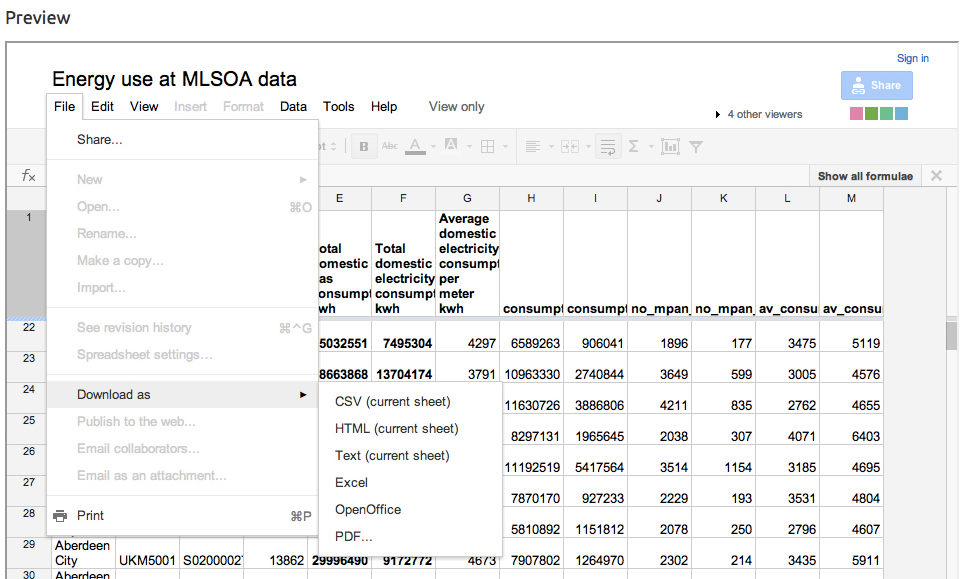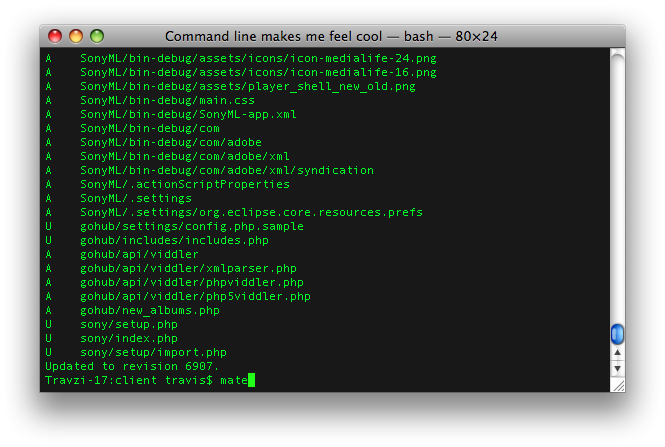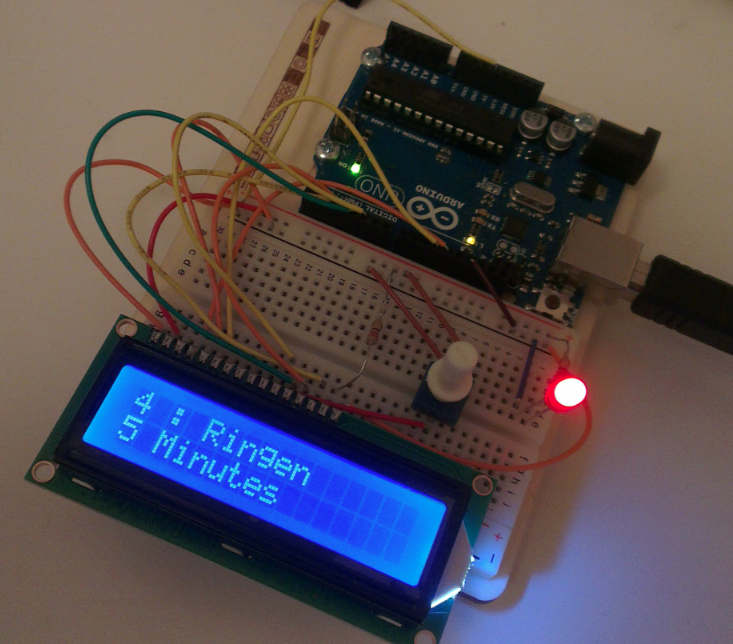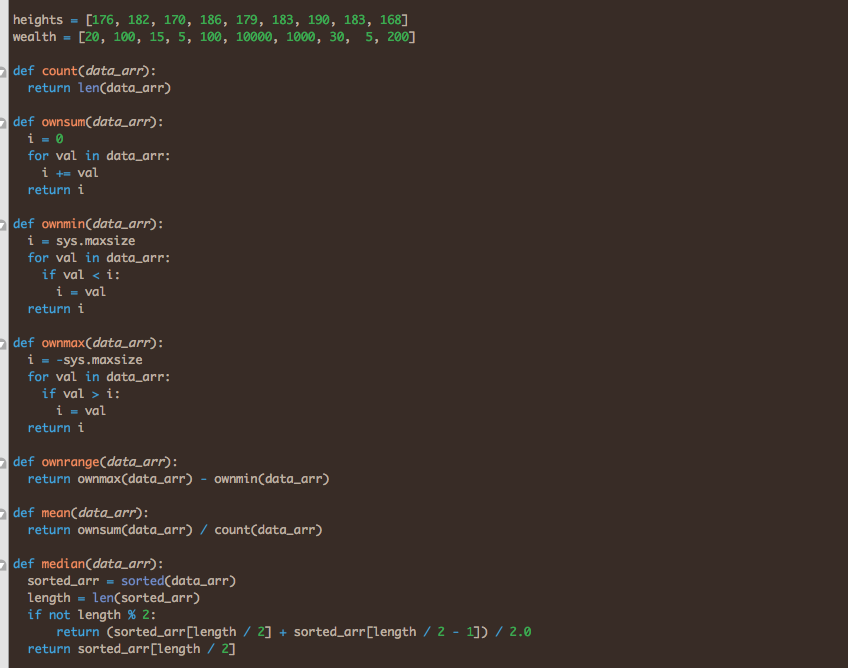Load database from CSV with columns and tables read from file.
The issue at hand here is to load a database with CSV-files in a generic way without having to write separate script for each table. This short Groovy-script is working based on two conventions: The name of the CSV-file matches the name of the table in the database. The name of the CSV-header matches the name of the column in the table. The script requires the CSV-files to be read in the folder “to_digest”. The connection details is placed in…






